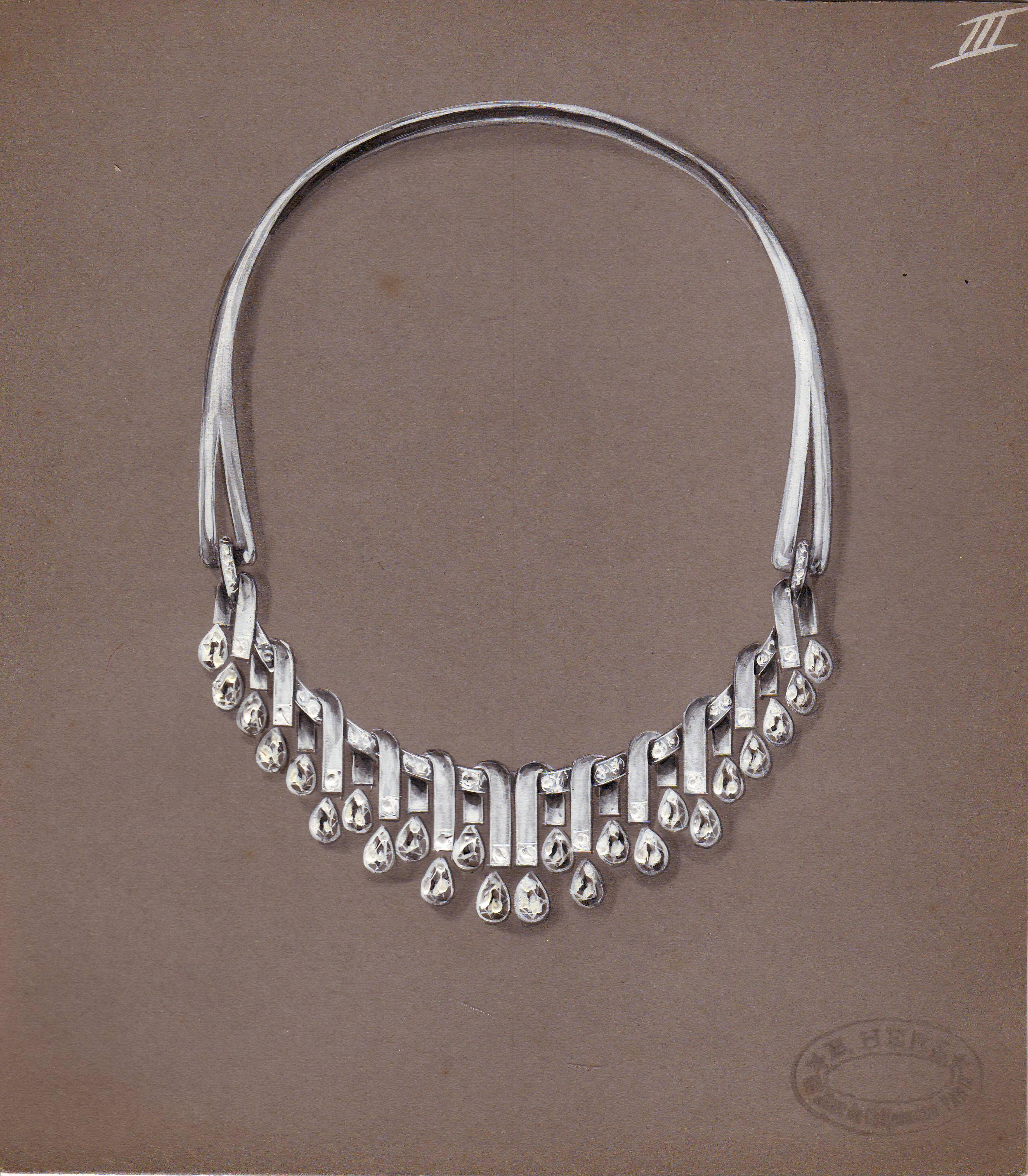Suzanne Belperron: A Long-Awaited Recognition
Suzanne Belperron: A Long-Awaited Recognition
For decades, Suzanne Belperron remained a mysterious yet powerful presence in the world of jewelry. Though her designs were worn by the elite and admired by connoisseurs, her name was often overshadowed by her discreet nature and refusal to sign her work. It wasn't until much later in the 20th century that her genius began to be fully recognized.
From Obscurity to Spotlight
During her lifetime, Belperron's fame was mostly confined to an elite circle. Her pieces were whispered about in social salons, exchanged discreetly between collectors, and recognized by those with a discerning eye. Yet, her absence from the mainstream press and her refusal to engage in traditional marketing left her reputation mostly underground.
This began to change in the 1980s. A pivotal moment came in April 1987, when Sotheby’s Geneva held a historic auction of the jewelry collection of Wallis Simpson, the Duchess of Windsor. The sale featured several remarkable pieces that were stylistically attributed to Suzanne Belperron. Though most of them were unsigned, their bold lines and distinctive materials left no doubt about their authorship. This event marked a turning point, sparking renewed interest among collectors, scholars, and connoisseurs in Belperron’s groundbreaking work.
Institutional Acknowledgment
The next turning point came with the retrospective exhibitions and catalogues that followed. These scholarly and artistic efforts not only documented her creations but also gave her the visibility she had long deserved. In 1991, Christie’s Paris published an auction catalogue entirely dedicated to her work, followed by exhibitions in Geneva, London, and Tokyo.
Museum curators, fashion historians, and luxury collectors began to position Belperron as one of the major artistic forces of 20th-century jewelry design alongside names like René Lalique and Jeanne Toussaint.
Media Reappraisal
The 1990s and early 2000s saw a proliferation of articles in publications like Vogue, Harper’s Bazaar, and The New York Times, where Belperron was described as a pioneer of modern jewelry. Writers emphasized her independence, her organic approach to design, and her devotion to craftsmanship.
Her designs were now not only admired but also studied, appreciated for their bold forms, sculptural qualities, and emotional resonance.
The Market Response
Auction houses began to see a surge in interest. Collectors were eager to acquire her rare, signed-by-style pieces. Prices rose accordingly. Her jewelry, long held in private collections, started appearing at major auctions in New York, Geneva, and Paris. The demand for authentication and provenance grew, and specialists such as Olivier Baroin played a key role in verifying and contextualizing each piece.
A Timeless Legacy
Belperron’s legacy now resonates far beyond the narrow world of jewelry. Her work is studied in art schools, featured in international museum collections, and cited by contemporary designers as a source of inspiration. Far from being a footnote in the history of jewelry, she is now considered a pillar a true innovator whose timeless aesthetic continues to shape the future of design.
Her long-overdue recognition is a tribute to her singular vision: the belief that true elegance lies not in ornament, but in the form, the stone, and the emotion conveyed by a piece of jewelry.